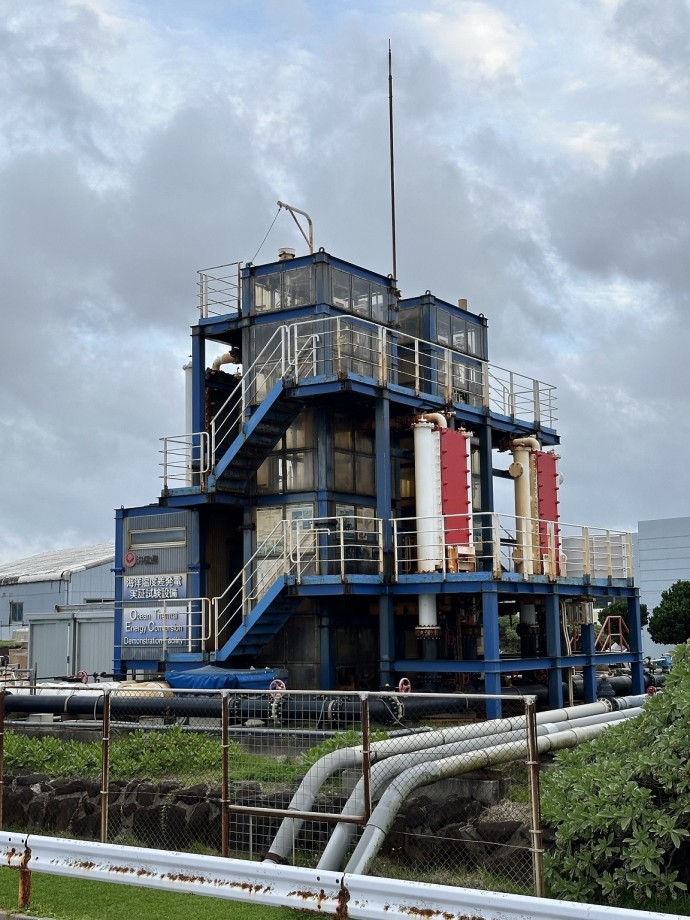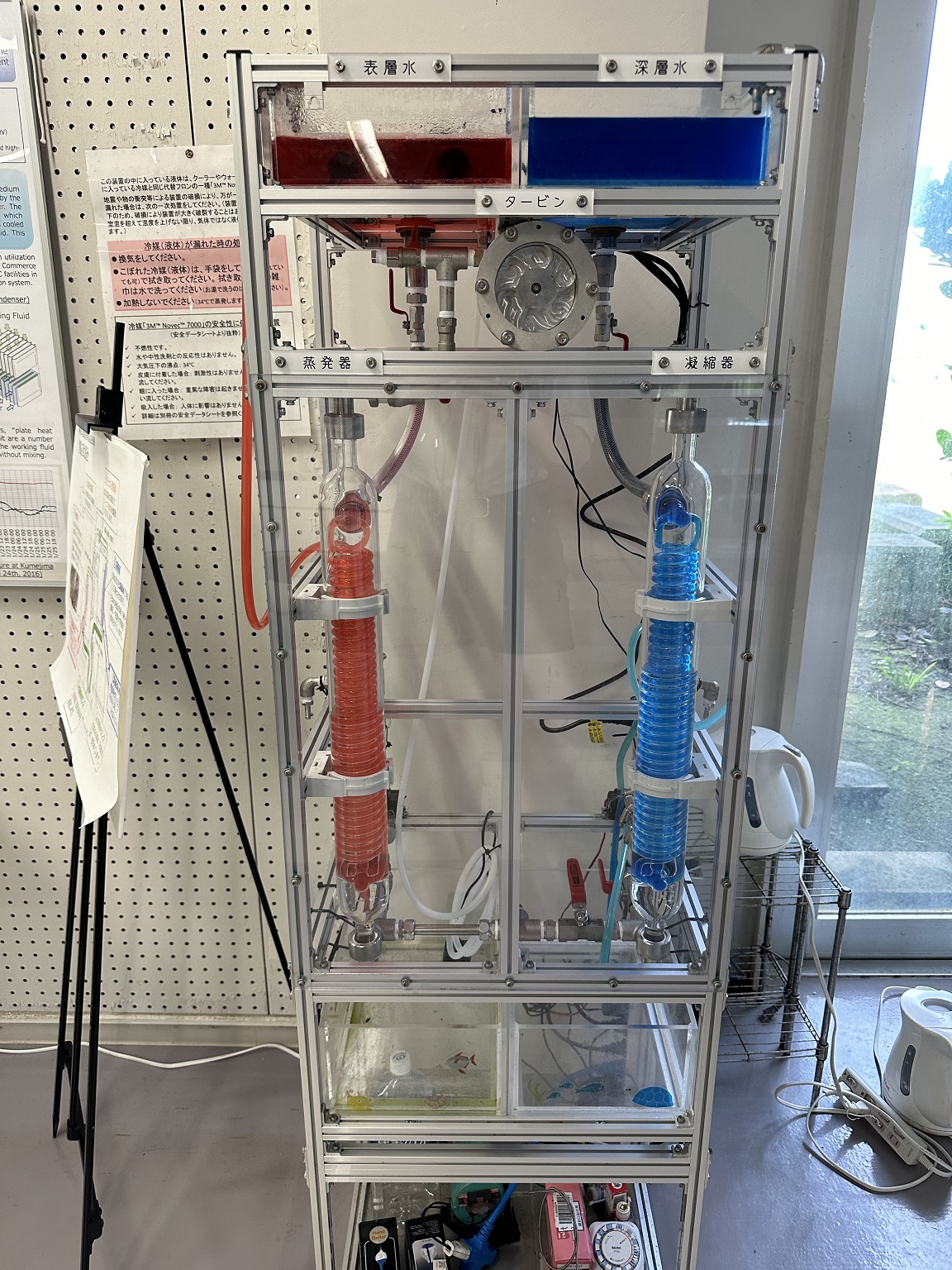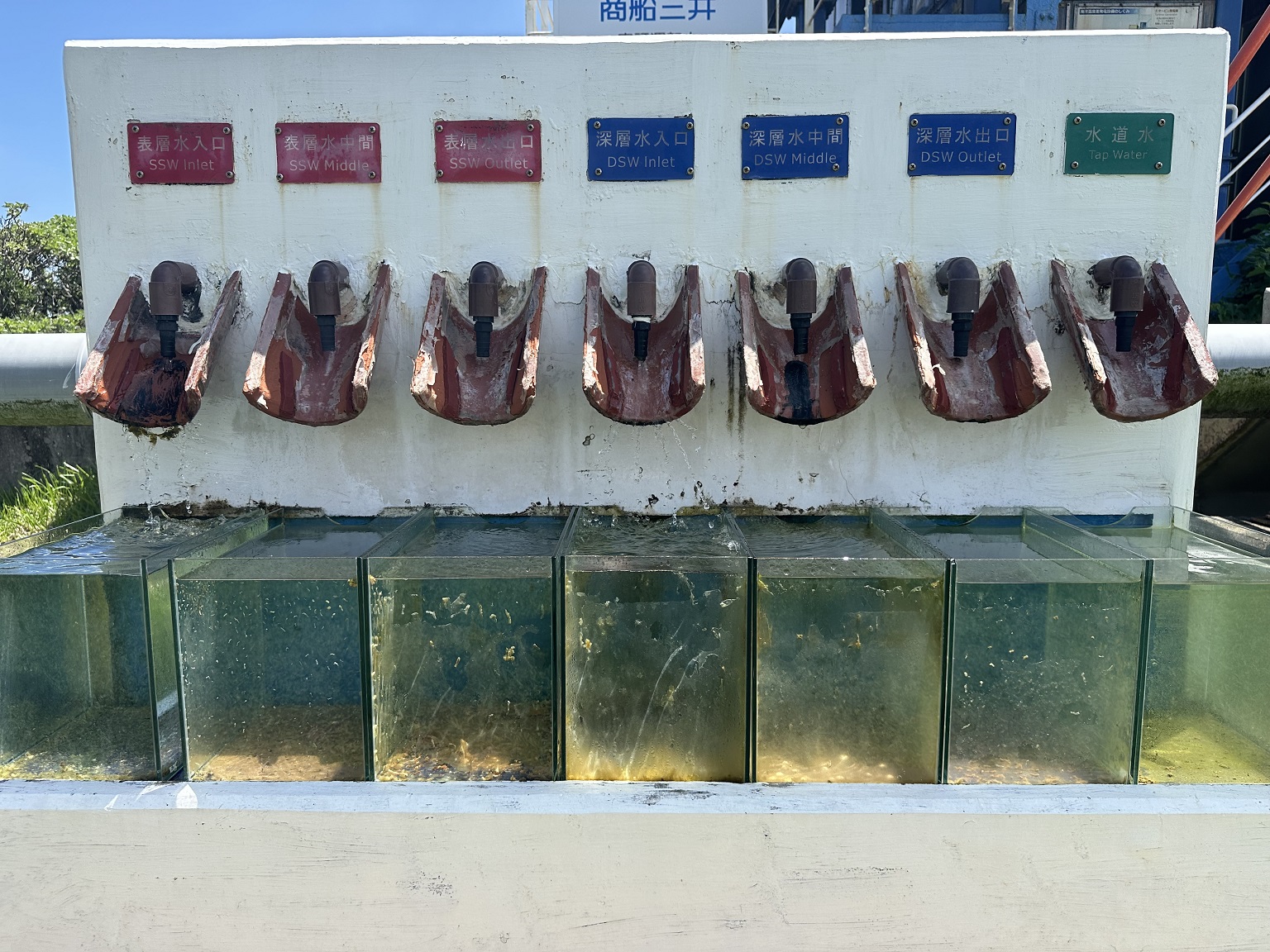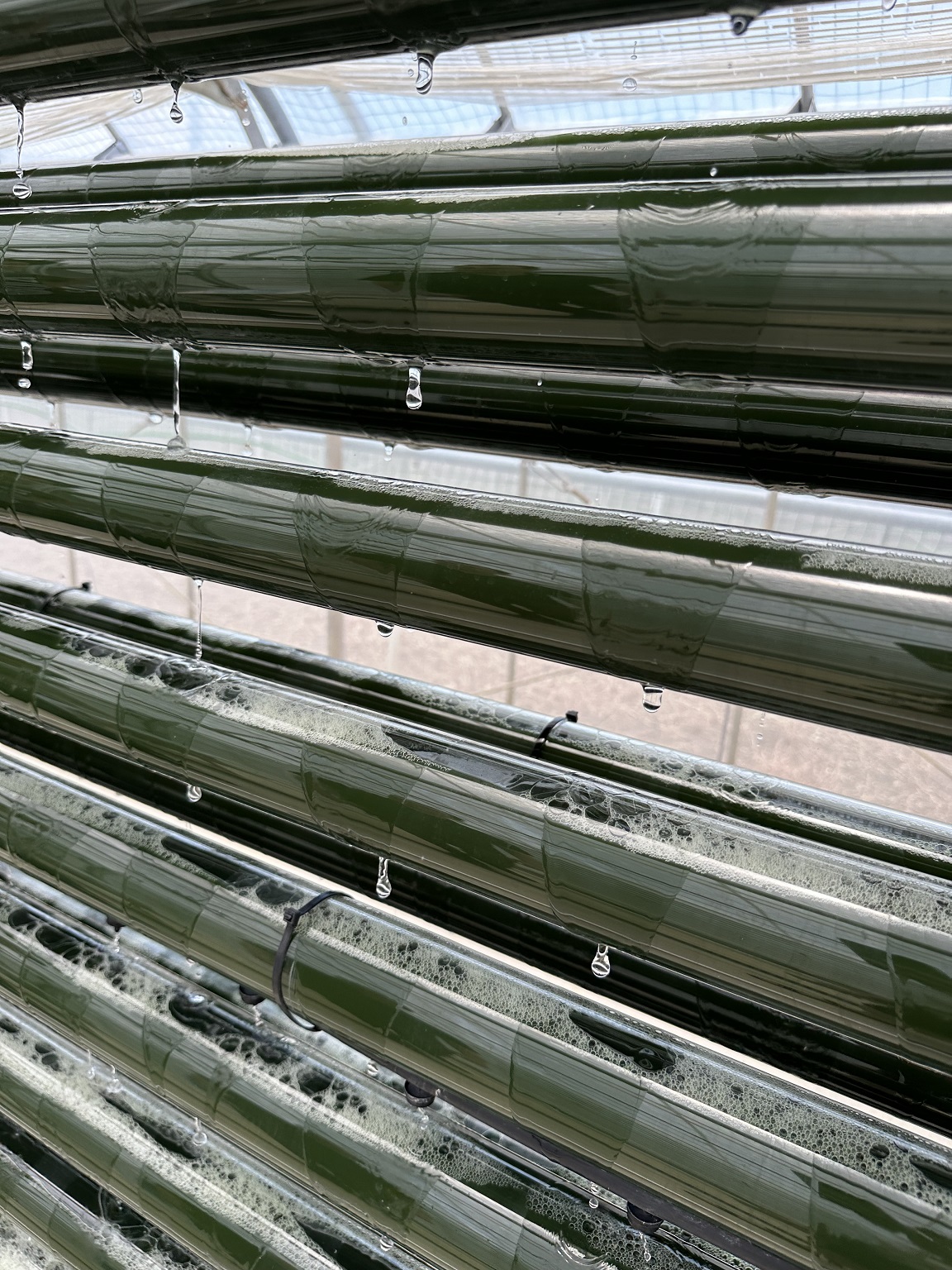Aster Hoving tells about a study visit to Japan as part of her PhD studies.
While writing my PhD dissertation at the University of Stavanger, I was lucky enough to get to spend some months in Japan through the Asia-Norway Environmental Storytelling Network (ANEST). Professor Finn Arne Jørgensen at the Greenhouse Center for Environmental Humanities introduced me to Professor Elin McCready and Professor Masami Yuki at Aoyama Gakuin University (AGU). Masami, who heads the AGU Environmental Humanities Forum, kindly agreed to be my host and mentor while I was in Japan.


I lived and worked in Tokyo for three months, but as an ocean researcher, I was especially excited to get to do fieldwork on a group of islands in the southernmost region of Japan called Okinawa. My dissertation traces the mediation and extraction of hydrothermal vents, tides, waves, and upwelling across contemporary art practices, climate sciences, and ocean energy companies. I had completed fieldwork on ocean energy practices in three locations across the North Atlantic, so getting to visit an ocean energy demonstration facility on Kume Island meant that I was able to add a Pacific Ocean perspective to my earlier research.


On Kume Island, around half an hour’s flight from the main island of Okinawa, the prefectural government initially opened a deep-sea water research center in 2000. They installed a 2.3 km-long pipe leading into the ocean from the beach, reaching 612 meters deep, to transport deep-sea water to the shore for research. In 2013, they decided to use water that was leftover from research to experiment with a type of energy generation called Ocean Thermal Energy Conversion (OTEC).
The way this energy generation works is by heating and cooling a fluid with a low boiling point called a refrigerant, creating steam and returning it to a fluid repeatedly to generate electricity. The temperature difference between the upper layer of the ocean and the water in the deep sea is relatively stable on Kume Island, the average temperature of deep-sea water is around 9°C and for surface seawater it hovers around 25°C. These two types of water with different temperatures provide a year-round means to turn a refrigerant into a gas and back to a fluid again.
The experiment with OTEC ended in 2019, but the facility is still in place because the water it processes turns out to be energetically useful in another way, too. Besides generating electricity from cold deep-sea water, the temperature of seawater water can also be used to save electricity by using it directly as a coolant, especially in aqua- and agriculture. Essentially, the center on Kume Island now provides seawater at six different temperatures, including pre- and post-processing deep-sea water and sea surface water. Having continuous access to water at different temperatures means that this water itself is used as (cooling) energy, rather than using electricity to do so.
In a spirulina greenhouse next to the OTEC facility, I got to experience firsthand how important cooling is when farming on a tropical island. Spirulina is farmed in long, transparent pipes in which the algae and water mix is sloshed back and forth. These pipes are in a greenhouse to protect them from the weather while providing them with ample sun, but this also means that the temperature in the greenhouse rises to a level not so friendly to algae. Therefore, the pipes with their sloshing green liquid are equipped with a watering system: small nozzles drip cold desalinated seawater on them to keep the spirulina at a moderate temperature.
The temperature of water is not just a means of generating electricity, but it is a form of energy with environmental and infrastructural functions. While I knew that the upwelling of deep-sea water in the ocean is an essential ecological process because this cool water is nutrient rich, I had not realized how hydropower encompasses more than electricity in a social sense, too. My fieldwork on Kume Island expanded my perception of what energy is or can be, and this will impact my research greatly as I move forward to the final stages of dissertation writing.